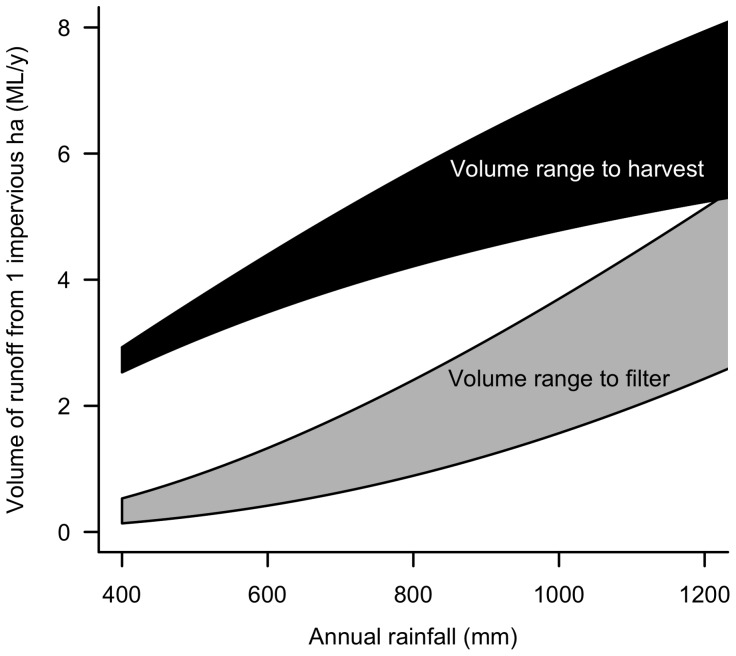Figure 4. Impervious runoff volume partitioned into lost subsurface flows and lost evapotranspiration.
Annual volume of runoff from 1 ha of impervious surface (from the relationship between impervious runoff coefficient and annual rainfall shown in Figure 2), partitioned into two parts: the volume that needs to be passed through infiltration systems (or catchment soils) to restore lost subsurface flows (grey polygon), and the volume that needs to be retained in the catchment and not delivered to the stream (through evapotranspirational loss or through use and export from the catchment through the wastewater stream). For each part, a range is indicated between situations in which the target streamflow is predicted by the grassland curve (more stream flow, less retention in catchment) or by the forest curve (less streamflow, more retention in the catchment) of Zhang et al. [20] (Figure 2).

